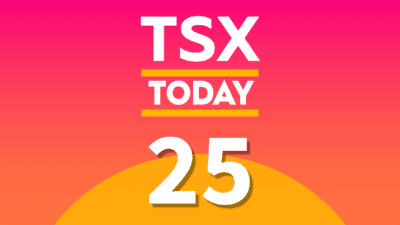Your Tax-Free Savings Account (TFSA) wealth can be turned into a passive-income stream to help you deal with the higher costs of living. Indeed, with inflation at around 7%, it seems tempting to chase down the highest yielders, so you won’t be set back from persistent inflation. Chasing yields can be a dangerous game. It’s a bad idea, unless you’ve put in more than your share of due diligence. Higher dividend commitments can really limit a firm’s financial flexibility when the economic tides begin to go out.
At this juncture, many believe that a recession is pretty much months (or weeks) away from becoming a reality. Some folks even think it’s arrived. Personally, I think there may be nothing to fear but the recession fear itself. Remember, central banks are in the driver’s seat. They aren’t going to hurt everyday consumers without reason. In prior pieces, I’d described rate hikes as a strong medicine with side effects.
Right now, a lot of medicine is needed. The Fed will do its best to minimize side effects, but sometimes, it’s difficult to avoid feeling a bit ill after taking a certain pill. In any case, the Fed’s data-driven approach should comfort investors who think central banks will recklessly hike our way into an economic travesty.
The case for buying into a recession with your TFSA
For your TFSA, it’s tempting to hit the bail button. But with so many swollen dividends out there, it seems only wise to pick away at the bargains. Just do be sure to pay extra care when it comes to dividend payouts. They’ll be put to the test. That’s why it’s worth looking at historical track records. Did a firm cut its dividend during the last recession? What about during the 2020 stock market crash? Does a firm have a history of rewarding shareholders, even through tough times?
These are questions that do-it-yourself TFSA investors ought to know if they’re looking to transform their TFSAs into a passive-income stream that can survive chaotic times. Stagflation, a recession, and everything in between are possible, you need a dividend that can be leaned on when the economic winds get stronger, so your portfolio won’t be knocked down.
Scotiabank: A dividend beauty to buy with $10,000 in TFSA funds
In terms of dividends, it’s hard to look past the Canadian banks. They’ve plunged into a bear market. Recessions are not fun for the banks. But they always tend to find their footing and recover a huge chunk (around two-thirds) of losses or more within a year.
Think shares of Scotiabank (TSX:BNS)(NYSE:BNS), which, I believe, would be a great pick-up with an extra $10,000 in TFSA funds. At $67 per share, BNS shares boast a 6.15% dividend yield. That’s $615 in annual dividends to collect from a $10,000 investment. That’s not even including dividend hikes, which are very likely in store next year, unless the recession proves more severe.
It’s not just Scotia’s eight times price-to-earnings (P/E) ratio or whopper dividend that should have TFSA investors excited. It’s the international exposure you’ll get from BNS. It’s Canada’s most internationally diversified bank. With exposure to emerging markets comes greater growth prospects. Indeed, emerging markets may be riskier. Investors are seeking to limit risk these days. But if you’ve got a long-term timespan, there’s never been a better time to be a contrarian!
I think Scotiabank is Canada’s best international growth play. Right now, it’s too cheap.








